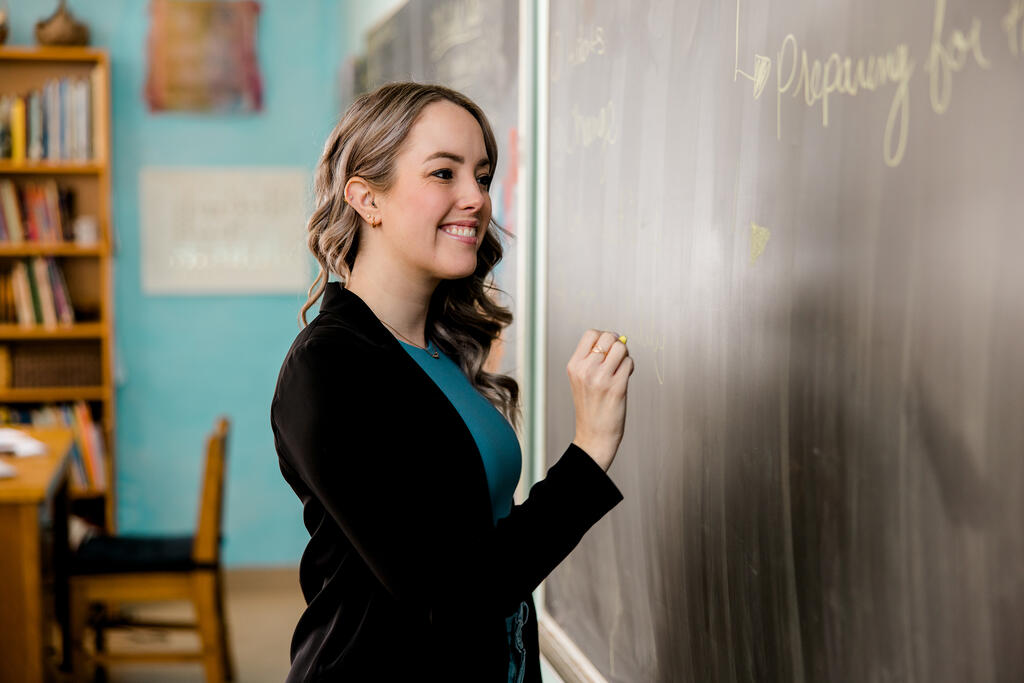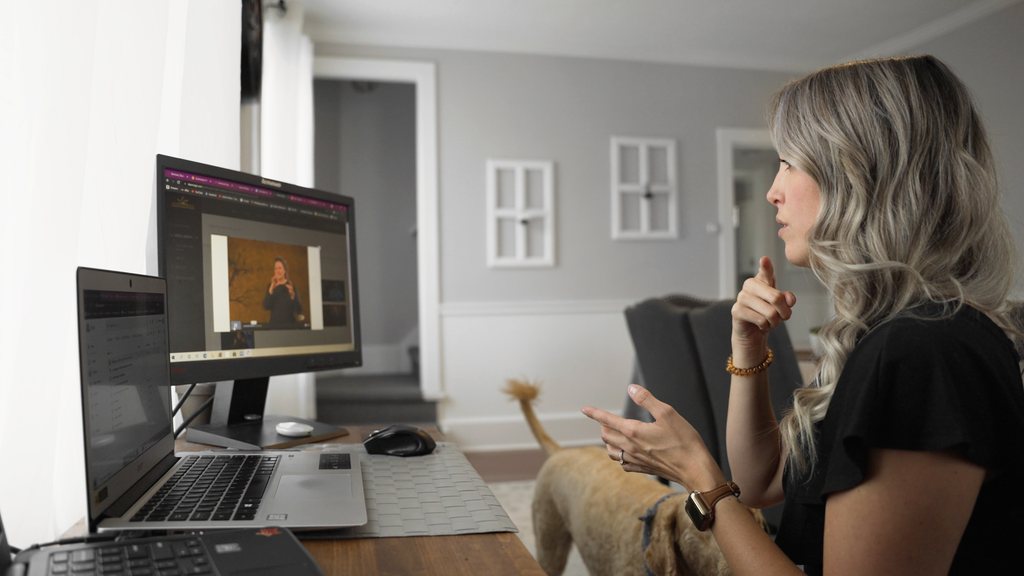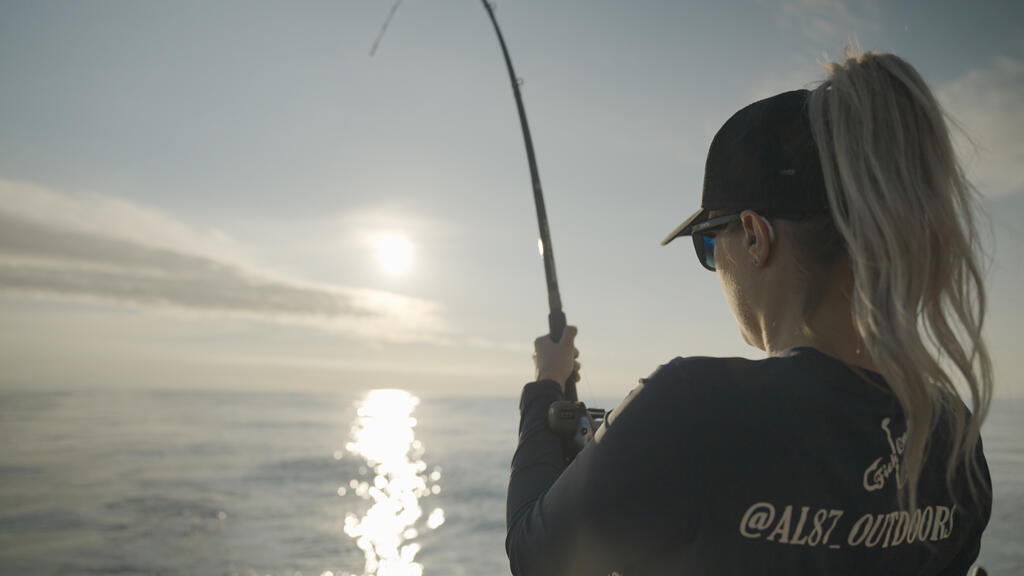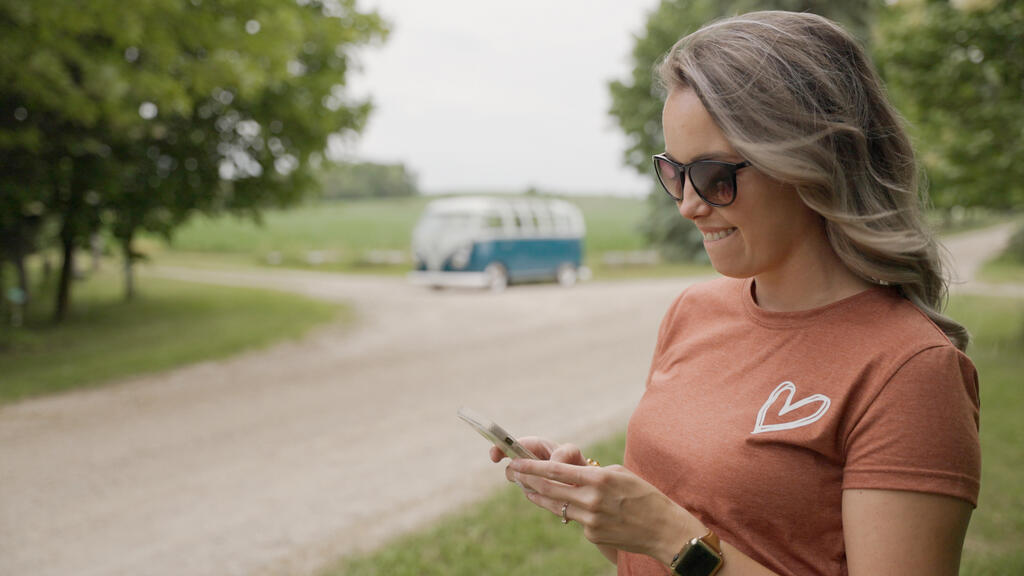-
Company
-
Brands
- A House of Brands
-
Hearing Instruments
-
Consumer HearingConsumer Hearing
-
Cochlear ImplantsCochlear Implants
-
Audiological CareAudiological Care
- AudioNova - Brazil
- AudioNova - Denmark
- AudioNova - Italy
- AudioNova - Sweden
- Audition Santé - France
- Boots Hearingcare - UK & Ireland
- Connect Hearing - Australia
- Connect Hearing - Canada
- AudioNova US
- Geers - Germany
- Geers - Hungary
- Geers - Poland
- Hansaton - Austria
- Lapperre - Belgium
- Schoonenberg - Netherlands
- Triton Hearing - New Zealand
-
Investors
- Investors overview
- Ad hoc announcements
- Why invest in Sonova & strategy
- Presentations & webcasts
-
Financial reports
- Current outlook
- Key figures
- Financial calendar
-
Corporate governance
-
Sonova shares & bondsSonova shares & bonds
- General Shareholder's Meeting
- Services & contacts
- Newsroom
-
Careers
-
Your career with us
-
Apply now
-
Why Sonova
- Get to know our talents
-
sonova global
- Global
-
North America
North America
-
Pacific
Pacific
-
Latin America
Latin America
- Asia
- Europe
Global
North America
Pacific
Latin America
Asia
Europe
-
Company
-
Brands
Brands
- A House of Brands
- Hearing Instruments
- Consumer Hearing
- Cochlear Implants
-
Audiological Care
- AudioNova - Brazil
- AudioNova - Denmark
- AudioNova - Italy
- AudioNova - Sweden
- Audition Santé - France
- Boots Hearingcare - UK & Ireland
- Connect Hearing - Australia
- Connect Hearing - Canada
- AudioNova US
- Geers - Germany
- Geers - Hungary
- Geers - Poland
- Hansaton - Austria
- Lapperre - Belgium
- Schoonenberg - Netherlands
- Triton Hearing - New Zealand
-
Investors
Investors & financials
- Investors overview
- Ad hoc announcements
- Why invest in Sonova & strategy
- Presentations & webcasts
- Financial reports
- Current outlook
- Key figures
- Financial calendar
- Corporate governance
- Sonova shares & bonds
- General Shareholder's Meeting
- Services & contacts
- Newsroom
- Careers
sonova global
Choose your country
- Global
-
North America
North America
-
Pacific
Pacific
-
Latin America
Latin America
- Asia
- Europe
Global
North America
Pacific
Latin America
Asia
Europe

“I want to blaze a trail”
Losing her hearing in her early 20s proved to be the beginning of a life-changing journey for educator and advocate Amanda Storkey, who wears hearing aids from Sonova’s Unitron brand. Hearing loss has not limited Amanda — in fact, it has added new dimensions to her life.
When she is not teaching high school students in Ontario, Canada, you can find Amanda Storkey out on the water with family and friends. Sports fishing has been her passion since she was very young, a love passed from father to daughter – and her confidence in this environment is evident in the nimble way she moves about the boat. Amanda feels at peace when she is immersed in nature. From the soothing notes of birdsong and waves meeting shore to the sudden zipping of reels when there are fish on the line, sound is integral to her experience.
When she learned she was losing her hearing, Amanda, who is now 34, was afraid she would not be able to get the same enjoyment from being outdoors and many other activities that were part of her lifestyle. She also feared the career she had always dreamed of might be over before it had really begun. Today, she would love to be able to go back in time and talk to her younger self about what life will be like with hearing loss.
Her message would carry the conviction that has helped Amanda overcome her own struggles and which motivates her now to speak up for others. “This is not going to limit you. It’s going to be okay,” she would say.
“I was turning up the volume on everything”
Amanda was taking her first steps in her teaching career when she realized she was having problems with her hearing. “I was having a lot of challenges understanding my students when they were asking questions,” she says. Amanda was encountering issues at home, too: “Day to day, I was turning up the volume on everything. I couldn’t hear sounds I was accustomed to, like the noise of the engine when driving. Everything was becoming a struggle.”
It took multiple visits to her doctor and hearing care specialists to confirm this was not a temporary problem. Amanda was experiencing gradual hearing loss due to a genetic condition – she was 23 years old. From her difficulties in getting a diagnosis to the emotional impact of the news, the experience marked the beginning of a parallel journey, as an advocate for people with hearing loss. Due to her age and good health, Amanda had to be persistent to get access to the right medical attention. “I had to push to see the hearing care practitioners over and over again,” she says with a frown, as she recalls the frustration she felt during that time. A year of hearing tests, with worsening results, removed all doubt.
Amanda knew what she was dealing with at last, but the diagnosis also brought new uncertainties: “I didn’t know anybody else my age who had hearing loss. I was frightened as to what it would mean for my career, my ability to parent one day, to socialize. I had a stigma about it. I was worried what people would think.”
"Don’t see this as something that will inhibit your next steps in life”
Amanda’s audiologist helped her work through her fears and feelings of isolation. One of their first conversations has stayed with Amanda, as it was a turning point in her perspective on hearing loss: “He told me, don’t see this as something that will inhibit your next steps in life.” She began talking about her condition beyond her circle of family and friends. Her school principal was one of the first people that Amanda told, and she found that sharing what she was going through made it feel less of a burden, and even empowering.
Her lived experience of hearing loss led Amanda to make some big changes in her career and her life. She realized that while she loved teaching, the sensory demands of her working environment were overwhelming. The number of students rotating through her classroom alone created an exhausting hubbub of voices and general noise. Today Amanda works with smaller classes providing alternative education for students who require intensive support. After going back to school herself to learn American Sign Language, she is also bilingual. Her face lights up when she describes being able to speak with the deaf community through sign language. The next step is to work with people of all ages who are deaf, hearing impaired or have disabilities.

“Hearing loss is not the same for everybody”
Having found her voice, Amanda started to look for ways to use it. “I had to learn how to speak up because I need accommodations and I deserve to be heard,” she says. “It was challenging for me and I want others to have an easier time of it. I want to blaze that trail for them.” It is a mission that has extra meaning for Amanda since the progression of the genetic condition within her family makes it likely that her children will be born deaf. She says: “If I have a daughter who experiences hearing loss, I want her to know she can do whatever she wants, just like mom.”
Characteristically, Amanda’s strategy is to educate and social media is her platform. She has gained a following on Instagram through her sports fishing prowess — her handle is al87_outdoors. “People are interested in the things I enjoy and I use that interest to share different ideas about hearing impairment,” she says. “I think it helps to see how hearing technology has improved the quality of my life.” Amanda wants to do more than change perceptions for people with hearing loss though, and her goals include improving access to hearing care and technology. “People should have access to professional advice because it will make their experience so much better,” she explains. “Hearing loss is not the same for everybody. You need to be able to ask questions and give feedback, which was a huge part of how I was supported.”

“I got better at understanding my hearing needs”
With bilateral hearing loss, Amanda must be able to rely on her hearing aids – and she is very candid about the difficulties she experienced with getting used to wearing them and finding the right fit. She laughs as she remembers her initial priorities. “I was young and vain, so I started out with these teeny hearing aids because I didn’t want anyone to know this was happening,” she says. Even though she would keep her hair down to conceal them, those hearing aids brought joy by returning all the sounds that had been missing from Amanda’s life. As her hearing deteriorated, an upgrade was needed: “I got better at understanding my hearing needs over time and that gave me more confidence. I trialed three or four pairs before I found something comfortable to wear every day.”
Amanda wears her current hearing aids, Unitron Blu BTEs, from the time she gets up to when she goes to sleep. They are part of her life now. She has seen unimaginable advances in technology since that first pair of hearing aids. “These are like regular headphones or earbuds I can control from my cell phone,” she says. “I can take phone calls and listen to music on them. And when I’m in the classroom or a restaurant, if go to see live music or I’m outdoors, I can modify them to those environments.” There are other benefits too: “I’ve got capabilities other people don’t have. I can adjust the volume of a conversation or turn my ears off.”

“Obstacles often lead to opportunities”
Back when she was coming to terms with losing her hearing, in the rare quiet moments at school between classes, or gazing at the water while waiting for the fish to bite, Amanda would think about the future — a future she now realized was going to be very different from the one she had imagined for herself. She knew hearing loss would be lifechanging.
What she did not expect was that it would lead to new skills, new dreams, and a new sense of self. It's a journey she describes with her typical positivity. “This has made life that much more deep and colorful. It’s only enriched my life,” she says. “That’s why I want to share my story. I want people to know that obstacles often lead to opportunities.”